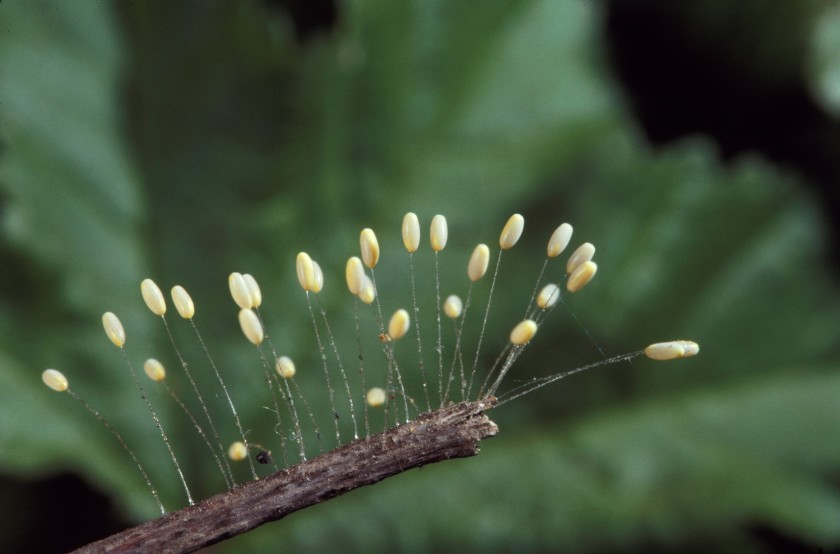Hornworm Life Cycle . The egg (also known as the “ova”), larvae, pupa and adult. Tobacco hornworm life cycle is a short one that spans over 30 to 50 days.
Tomato Hornworm with Wasp Cocoons Strobist Info SB800 from www.flickr.com
Females can produce eggs three to four days after emerging and mating, and each female can produce many eggs (some sources say up to 1,000) in her lifetime of several weeks (deel 1999). This video is about tomatoworms Hornworms survive the winter as pupae buried in the soil.
Tomato Hornworm with Wasp Cocoons Strobist Info SB800
The life cycle of tobacco hornworms is like that of butterflies. Both have complete metamorphosis, progressing from egg to larva to pupa to adult. Growing up to 4″ long, they are one of the largest caterpillars in north america! The life cycle of tobacco hornworms is like that of butterflies.
Source: www.flickr.com
Check Details
Tilling the soil will disrupt the life cycle of many overwintering pests living in the ground, not just hornworms. 1999, encyclopedia of life 2017). Hornworms are the larvae (or caterpillar) stage of a hawk moth. Tobacco hornworm larva with characteristic diagonal stripes tobacco hornworm larva with characteristic diagonal stripes. The eggs hatch in 6 to 8 days, and the larva.
Source: yardandgardenguru.com
Check Details
The hornworm is the larval (caterpillar) stage of the sphinx moth, manduca sexta. Hornworms survive the winter as pupae buried in the soil. The emergence of an adult moth by the transformation of the larva is an example of complete metamorphosis. Females can produce eggs three to four days after emerging and mating, and each female can produce many eggs.
Source: www.lifeisjustducky.com
Check Details
The larvae become the pupae, that finally mature into adults. Within five days, hatching beings, and the larva passes through about six stages of development before reaching full growth within four weeks. The life cycle of tobacco hornworms is like that of butterflies. The life cycle of tobacco hornworms is like that of butterflies. Carefully locate the hornworm life stage.
Source: www.mastergardenersd.org
Check Details
In some of those stages, the plant is. At 27° c (81° f), it will take about 30 days for a hornworm to mature from an egg into an adult. One of the best ways to prevent them from coming back next year is by tilling your garden under in the fall and again in the spring before planting. The.
Source: extension.entm.purdue.edu
Check Details
They are named hornworms because of the spiked “horn” on their rear, which is actually made of soft tissue and is completely harmless! Tobacco hornworm life cycle is a short one that spans over 30 to 50 days. You see the small green spheres, which are their eggs. This video is about tomatoworms Females can produce eggs three to four.
Source: www.thespruce.com
Check Details
Females are reported to lay 250 to 350 eggs but can produce nearly 1400 eggs under. Open the shipping container and inspect the contents. Hornworms are often seen as a pest, as just one hornworm can decimate. Adult form of manduca sexta (l.), the tobacco hornworm, also known as a carolina sphinx moth or hawk moth. After mating, females deposit.
Source: www.buglifecycle.com
Check Details
The egg (also known as the “ova”), larvae, pupa and adult. You see the small green spheres, which are their eggs. Females are reported to lay 250 to 350 eggs but can produce nearly 1400 eggs under. Both species overwinter in the pupal stage. Growing up to 4″ long, they are one of the largest caterpillars in north america!
Source: animalsake.com
Check Details
Lower temperatures may extend the development time to 39 to 48 days. These eggs turn into hornworm larvae and are ready to feed by the beginning of june. Within five days, hatching beings, and the larva passes through about six stages of development before reaching full growth within four weeks. Immediate care and handling we ship hornworms as eggs, larva.
Source: www.walterreeves.com
Check Details
Tobacco hornworm larva with characteristic diagonal stripes tobacco hornworm larva with characteristic diagonal stripes. Carefully locate the hornworm life stage that you ordered. They are named hornworms because of the spiked “horn” on their rear, which is actually made of soft tissue and is completely harmless! Females are reported to lay 250 to 350 eggs but can produce nearly 1400.

